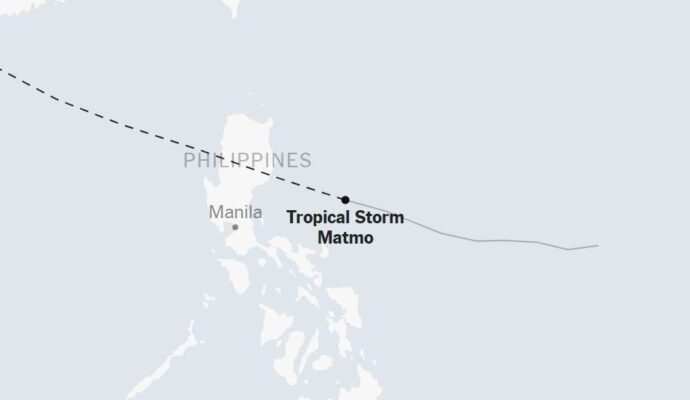Receive free Non-Fiction updates
We’ll send you a myFT Daily Digest email rounding up the latest Non-Fiction news every morning.
If you happen to be a resident of Xiangyang on a particularly frosty evening, the importance of the Great Wall of China may just be dwarfed by an altogether different boundary running through the country. For unlike your neighbours just the other side of the Qinling-Huaihe Line, first drawn back in 1908, your home will not have benefited from the government-funded heating systems installed in the 1950s and allotted according to whether the property lay in the cooler north or warmer south.
The flipside — as in so many of the case studies in Invisible Lines, Maxim Samson’s study of impactful but imperceptible borders — is that almost all of the most polluted cities in China now lie above the 33rd parallel, reliant as they are on coal-fired boilers to power their heating. As a result, the average life expectancy in the north is five years below that of the south. The Qinling-Huaihe Line may be an entirely unmarked border, but it is one with real consequences.
The boundaries we cannot see, argues Samson, a professor at DePaul University in Chicago, are not necessarily any less important than the ones we can. They are “the types of lines that rarely appear on our physical or political maps and, when they do, have impacts that go far beyond what is generally shown”.
In Bosnia and Herzegovina, for example, the visible border of the Inter-Entity Boundary Line, drawn to separate the country into two administrative parts following the end of hostilities in 1995, is accompanied by the perilously invisible presence of an estimated 180,000 landmines. These aren’t just a crippling safety concern — they echo the division that continues to reverberate in Bosnia and Herzegovina’s political processes, and reflect an acute urban-rural divide that has tended to favour the former when it comes to mine clearance.

It is in exploring these surprising side-effects of hidden borders that Samson’s narrative is strongest, elevating a well-researched but motley miscellany to an illuminating glimpse of the chain reactions of human and physical geography. “One divide leads to another,” writes Samson, drawing in Invisible Lines not just a web of interconnected boundaries, but of interdependent phenomena.
The problem with invisible lines, as you might expect, is that it can be difficult to establish where one side begins and another ends. This proves interesting in the case of Bir Tawil, a literal utopia as neither of neighbouring Egypt or Sudan wishes to claim it: it is a place defined not by its borders but by its lack of them.
Other examples, such as football clubs and bible belts, feel more tenuous. And a few aren’t invisible at all: the 12km-long concrete Kokaral Dam may have created socio-economic discrepancies on either side of it, stabilising fishing communities to the north but hanging those in the south out to dry, but it is still a 12km-long concrete dam — hardly an invisible line in the sand.
While it may be a curious and slightly arbitrary premise, it is one that nevertheless opens the door to a wealth of information. And Samson is right to argue that “if we are to truly understand the divisions we feel, we must seek out the lines we cannot see.” Whether it’s green belts or time zones or gang turf, a great deal of inequality and resentment results from phenomena that need to be revealed to be believed. In both the book and its borders, there is much more than meets the eye.
Invisible Lines: Boundaries and Belts that Define the World, by Maxim Samson, Profile £22, 416 pages
Join our online book group on Facebook at FT Books Café


